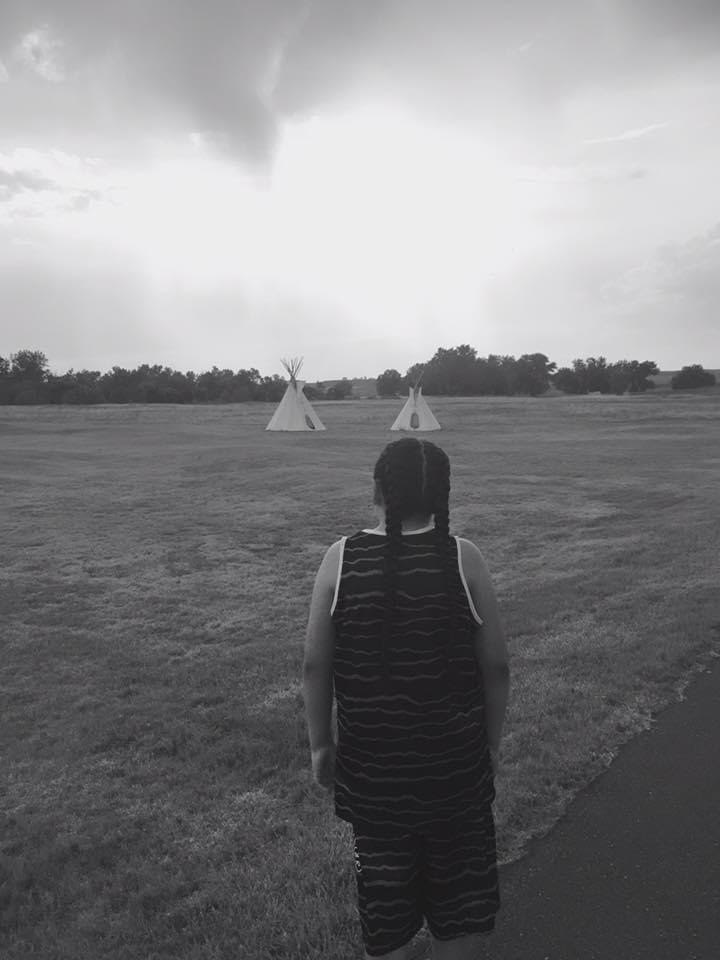
Kimberlee Blevins

Kimberlee Blevins
Traditionally, Indigenous educational systems diverged from formal classroom settings. Learning occurred through hands-on experiences within families and villages, under the guidance of mothers, elders, and fellow community members. Indigenous youth acquired knowledge while participating in activities such as tending gardens and preparing hides. While both genders were afforded equal opportunities, girls were instructed in familial and gardening responsibilities under the supervision of women who managed the gardens. They learned the timing and techniques of planting, along with the accompanying gardening songs believed to ensure a fruitful harvest. On the other hand, boys received instruction in hunting and defense from their older brothers and other male figures within the community. This hands-on approach to learning surpassed traditional classroom methods in effectiveness, actively involving students, improving retention, encouraging practical application of knowledge, accommodating diverse learning styles, and fostering creativity.
In the Hidatsa language, “Maaʔabáari” translates to “to grow or to plant,” encapsulating the essence of traditional Indigenous educational systems — nurturing the growth and development of the younger generation. However, the integration of Westernized educational systems has fallen short for Indigenous peoples. Indigenous students who successfully complete high school often find themselves ill-prepared for further academic pursuits. High school experiences for Indigenous students typically occur within underfunded institutions that fail to adequately equip them for successful college enrollment. This educational disparity affecting Native American youth across the United States remains a significant issue.
“Braiding STEM” addresses systemic injustices faced by Indigenous youth by exploring ways to empower them with the necessary tools to overcome these challenges, while considering indicators of success. At its core, Indigenous cultures embody an intrinsic reverence for the earth, rooted in practices such as the concept of the Seven Generations, where decisions are made with future generations in mind. Indigenous peoples are natural caretakers of the land, and it is imperative to nurture the growth of future stewards who will carry on this tradition.
Click on the presentation below to view the whole story: